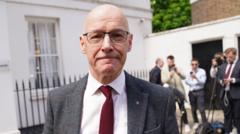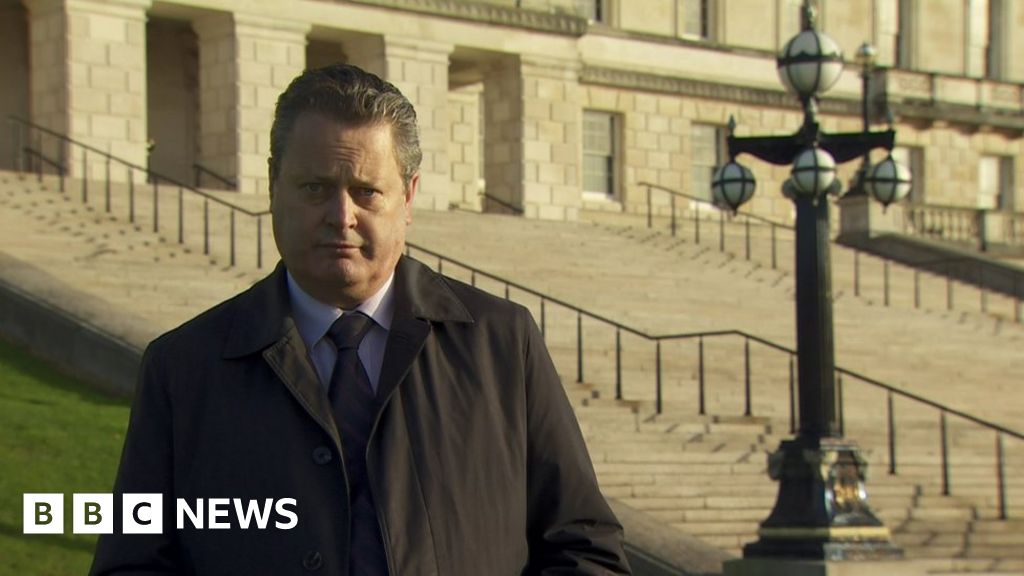It's been considered a commuter staple for decades, a delicious caffeine hit to kick-start the working day - yet the cost of a humble latte is being pushed towards £5 or more by High Street coffee shops and cafés.
At Starbucks, the price of a large latte is £5.20 when ordered for collection on Uber Eats in London, while Queens of Mayfair, in one of the British capital's swankiest postcodes, charges an eye-watering £13 for its latte.
Danish juice and coffee brand Joe & the Juice, which has more than 50 branches in London alone, and outlets across the UK including Liverpool, Brighton, Birmingham and Oxford, currently charges £4.70 for a large (16oz) latte with regular milk.
Add in a syrup, say vanilla, and you'll get charged an additional 50 pence, although unlike many other outlets, you won't be charged extra for an additional milk.
It comes after it emerged that Britain's most expensive coffee using topica beans shipped in from Japan's 'island of eternal youth' is being sold for a whopping £265 a cup.
Coffee lovers who have a few hundred pounds to spare can find the pricey brew at Shot - a darkly-lit coffee shop based in Mayfair and Marylebone in London.
The coffee is made from typica beans, a higher quality version of the arabica beans, and have been shipped in from the Nakayama estate based on the Okinawa Island in Japan.
At Shot, the high priced beverage can be made into any form of coffee that would be found in a high street coffee shop. It is available as an espresso, macchiato, flat white, americano, cappuccino or latte.
But while the price of the drink has raised eyebrows, even the modest latte is seemingly becoming more expensive, with many coffee lovers saying they're already paying more than £5 by adding extra shots, dairy alternatives and flavoured syrups.
High-end fashion label Prada's London coffee shop in Harrods department store, launched in 2023, charges £6.50 for a latte.
Caffe Nero's is priced at £4.40 for a large latte, the same as Costa Coffee. Pret A Manger and Patisserie Valerie come in slightly cheaper at £4.05.
But this is before any additions are made - for instance, adding coconut and oat milk to your Caffe Nero beverage will set you back up to 50p.
Syrups such as caramel, vanilla and hazelnut at Costa Coffee, meanwhile, will cost up to 55p.
Not much change from a fiver! Danish brand Joe & the Juice, which specialises in healthy juices and hot drinks, currently charges £4.70 for a large latte
Black Sheep Coffee, which started in London's Camden Market and is fast expanding across the globe, charges £5.29 for a regular cup of its Black Hoof coffee
Regional pricing comes into play; a large latte with a shot of syrup costs £4.95 at Costa Coffee's Birmingham Airport outlet
In the North East Lincolnshire town of Grimsby, the same drink is 20 pence cheaper
At trendy Black Sheep Coffee, which has more than 80 branches across the UK and is expanding fast both here and overseas, a regular Black Hoof coffee will set you back £5.29.
Add an extra shot (69p), a syrup (69p) and make it almond milk (59p) and your pimped up coffee is a whopping £7.26.
MailOnline ordered the coffee above in Aberdeen, and it would have cost the same in London's West End - but the cost of your coffee can depend where you live.
While most major coffee chains have regional pricing, some, including Black Sheep and Pret, don't, charging the same prices in almost all of their stores.
If you're on the road, then a service station outlet is likely to charge you more for your coffee than the same brand in your local town.
Likewise an airport café might also charge you more for the privilege of a decent brew while you wait for your flight.
A large latte with a caramel shot at Costa Coffee Birmingham airport costs £4.95. The same drink at Freshney Place in the North East Lincolnshire town of Grimsby costs 20 pence less.
The price of a cup of coffee has been driven up by a third in the last three years, according to recent research.
Bougie beans! Queens of Mayfair, in central London, is one such cafe where ordering a coffee might feel like ordering a wine, with its specialist beans costing significantly more than high street brands
It comes after it emerged that Britain's most expensive coffee using topica beans shipped in from Japan 's 'island of eternal youth' is being sold for a whopping £265 a cup. Coffee lovers who have a few hundred pounds to spare can find the pricey brew at Shot - a darkly-lit coffee shop based in Mayfair and Marylebone in London
A standard medium latte from a high street chain is now likely to set you back £3.70. In 2021, the same drink at the same café - a branch of Pret in Buckinghamshire - would have cost 30 per cent less at £2.75, according to a study carried out by manufacturer UCC Coffee.
Unsurprisingly, some of the only retail units that aren't floundering on the UK's high streets are coffee shops - with many selling a raft of associated drinks, some of which have little to do with caffeine.
There is also the growing elite coffee market, where the world's most bougie beans are filtered - using a variety of techniques - and menus are presented like wine lists, with baristas on hand to tell you all about your expensive brew.
A cup brewed using Jamaican Blue Mountain Anaerobic Natural beans - which have notes of 'chocolate' and 'zesty orange' and boasts 'bright acidity' - are served up at Queens of Mayfair for no less than £10.50, and that's for an espresso shot. A latte costs an eye-watering £13, with a mocha at £15.
And should you want the Bollinger of the coffee world, then look to Asia's civet cats, who are behind the sought-after Kopi Luwak beans.
In Indonesia and the Philippines, locals pick beans from the faeces of the cats, who eat the ripe coffee berries as part of their diet. They're then cleaned, roasted and sold to coffee connoisseurs.
A cup, which boasts a 'deep, mellow flavour, not acidic' can cost in excess of £60 in restaurants.
However, fears over cruel farming practices - Harrods stopped selling the beans a decade ago - has seen only organically sourced beans now sold, sending the prices spiralling even further.
The price of a cup of coffee has been driven up by a third in three years, research has shown
Meanwhile, Britain's most expensive coffee using topica beans shipped in from Japan's 'island of eternal youth' is being sold for a whopping £265 a cup.
According to baristas working in the influencer-haven of Shot, the coffee is reportedly ordered 'two to three times a week' and is most often ordered by 'true coffee lovers'.
Maxwell Colonna-Dashwood, a UK barista champion and founder of Colonna Coffee, told the Telegraph that 'hardly anyone grows coffee in Japan' because of the difficult climate. He speculated that this may be the reason for the extreme cost of the beans.
Mr Colonna-Dashwood said: 'Rarity is obviously sought-after in coffee, and most of the "fancy" coffee people drink is all arabica.
'Typica, which is what is used here, is not the most sought-after variety of arabica – I've never seen a typica that expensive before – which suggests the value is coming from the fact that it's grown in Japan.' He added that it was the most expensive coffee he had ever seen.
WHY HAS COFFEE GONE UP?
While our coffee habit is nothing new, soaring bean prices is something that we're not entirely used to.
Until April 2021, global coffee prices had plateaued, with figures from analysts Trading Economics showing the price of a pound of coffee dropped below $1.50 (£1.20) in January 2017, and stayed there for four years.
Then came the boom; coffee prices soared to highs of $2.40 a pound in September 2022, before tailing off and hovering at around $1.80 for all of 2023.
Why are prices higher? Back in 2021, Brazil - which produces a third of the world's coffee - suffered both a bad drought and below-zero temperatures in the same year. That led to shortages in 2022, which led in turn to higher coffee prices.
Higher fuel costs in 2022 also bumped up the cost of shipping and transporting coffee - and the end price to consumers.
The price of the caffeinated drink rose 94 per cent from 2020 to 2022, according to investment firm eToro.
The cost of living crisis, which began in October 2021 with rising energy bills and is only just abating, also led to higher coffee costs.
Coffee shops are paying higher prices for coffee, milk, energy and staff, which is all passed on to customers.
Prices at coffee shop chain Pret A Manger rose 18 per cent this year. The price of its top three coffees (latte, cappuccino and flat white) increased from £2.95 to £3.30 in the past year.

 1 week ago
1 week ago
.png)









